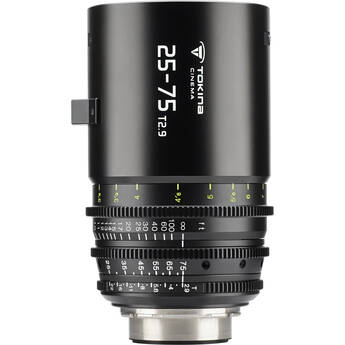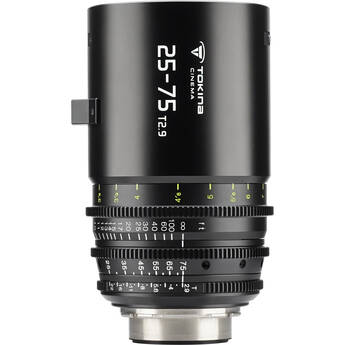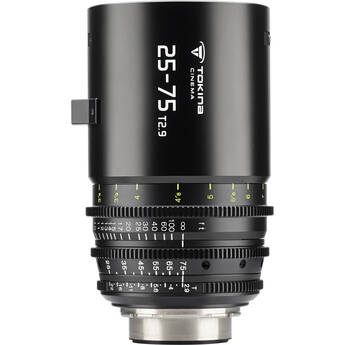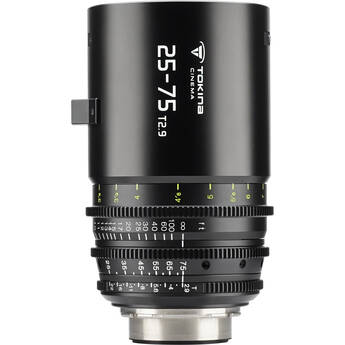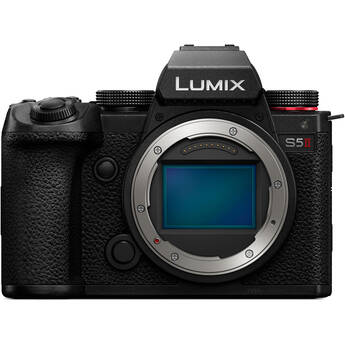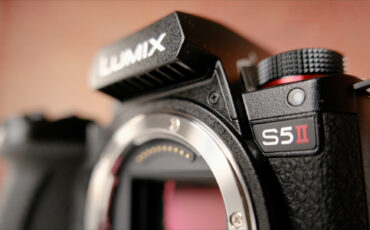Tokina Cinema 25-75mm T2.9 Lens Review – Filmed with Panasonic LUMIX S5 II
Restriction-free music courtesy of Epidemic Sound. Sign up here: Epidemic
in the above video, I paired the Panasonic LUMIX S5II camera with the Tokina 25-75mm T2.9 Cinema zoom lens. Tokina was kind enough to lend us the lens so that we can review it together with the new LUMIX camera and my aim was to film a mini-documentary to see how well (or not) they work in the field.
Whatever conclusion I’m going to come up with, there is no substitute for watching the results and judging the footage for yourself. But first, let me thank Dr. Ludovic Ferrière, who is a geologist and curator of the meteorite and the impactites collections at the Natural History Museum Vienna, for letting me spend a day together with him.
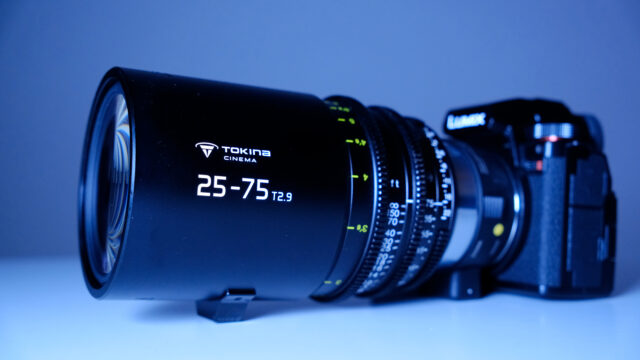
So, the LUMIX S5II caused a bit of a stir in our industry – and for a very good reason – as it is Panasonic’s first phase detection autofocus camera.
In short, Panasonic now has a camera system with extremely capable autofocus functionality and you can learn more about it by checking out our LUMIX S5 II review here.
The Art & Science of Lenses
There is already A LOT of information on the new Panasonic S5 II out there, but I was curious to try and do something a bit more creative with the camera than just playing around with the autofocus system.
As far as I’m concerned, this camera might be limited in specifications, but certainly not in what one can achieve with it.
In the above short film, that you just watched, I paired the camera with the Tokina 25-75mm T2.9 Cinema zoom lens. Although this Super 35 lens is relatively new, it already has quite a few competitors.
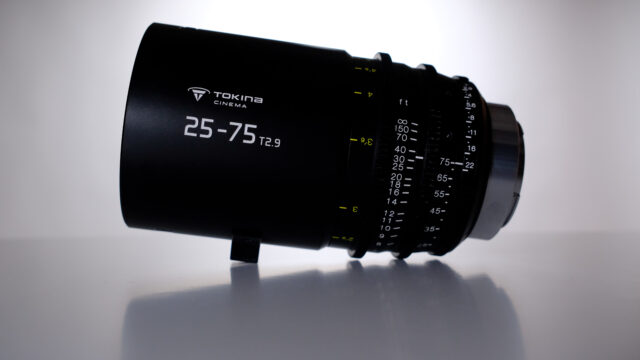
In saying that, next to its optical characteristics, the main advantages of this lens are its mechanical built quality and 36mm image circle that covers both, Super 35 next to selected larger image sensors.
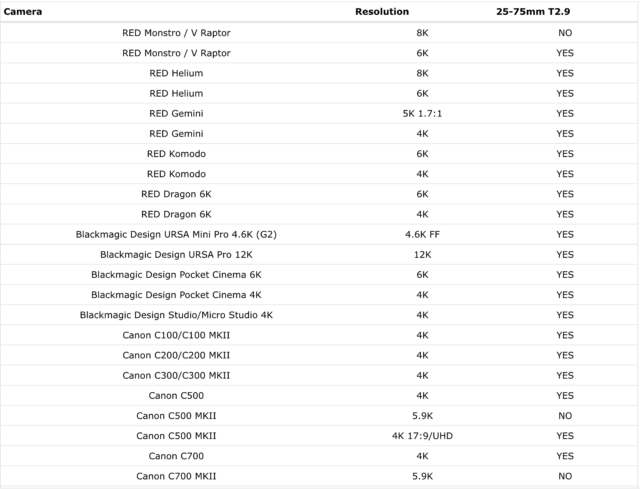
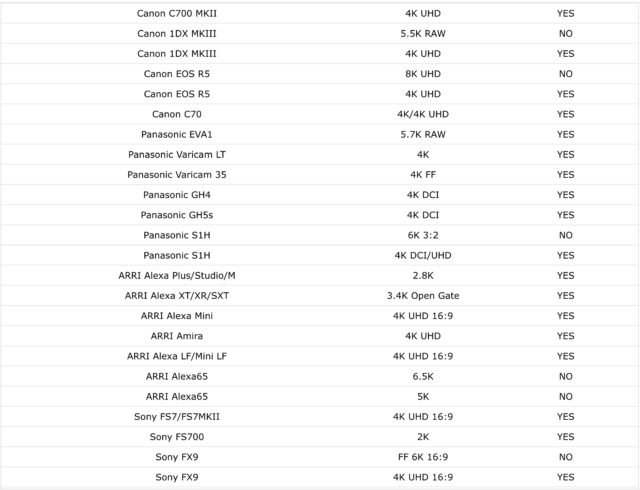
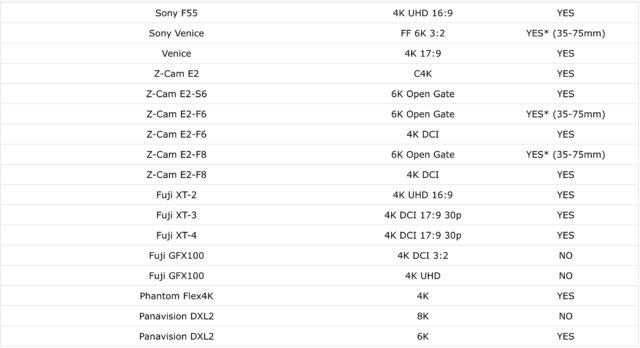
And this is where the Tokina lens and LUMIX S5 II both work well together. Let me explain further on how and why.
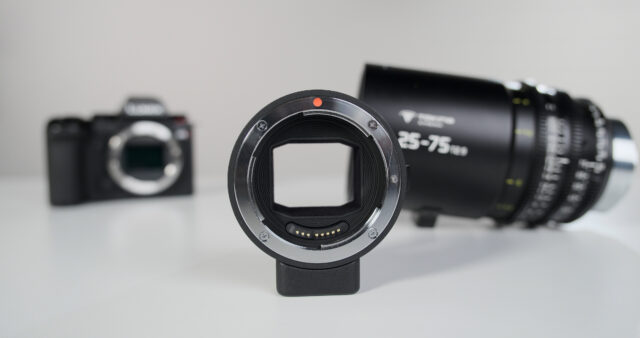
So first things first: the Tokina 25 to 75mm Cinema Lens exists in a variety of five mounts. PL, Sony E, Micro Four Thirds, Nikon F, and Canon EF. The mount is interchangeable but you have to send it for servicing in order to do so. For this review, I used the EF version and connected it to the camera with the Sigma MC-21 EF to L-Mount lens adapter.
Now, for the camera, I chose to film on its most robust compression settings, meaning, using 4:2:2, 10-bit, and LongGOP. These settings can be utilized in the maximum resolution of C4K.
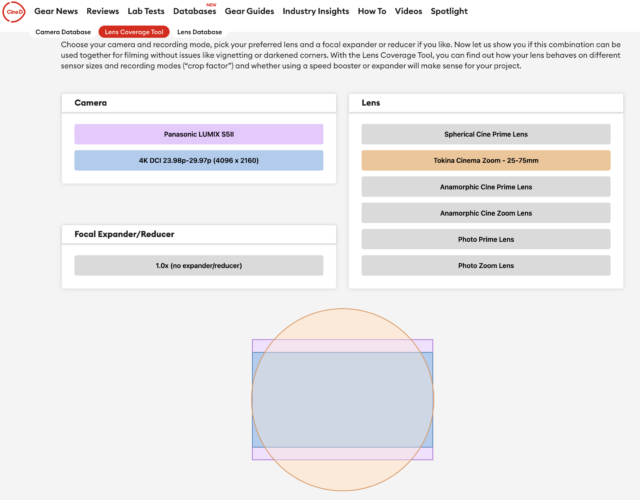
The Tokina is a Super 35 lens, but remember, it can cover some selected larger sensors, too. This is one of the reasons why I chose to film with the LUMIX S5 II in full-frame mode. The camera can accommodate this lens when using C4K resolution in order to achieve nice image aesthetics. By the way, I find the APS-C mode in this camera a bit too soft (which is understandable).
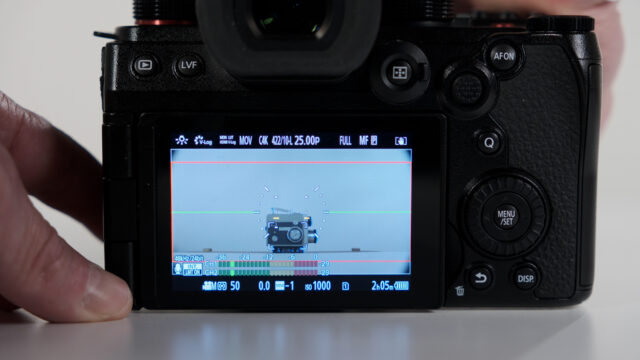
So practically speaking, what did I do in order to avoid some lens vignetting? On the camera itself, I set the framing guides on a 2.39:1 aspect ratio which alone helps with ignoring possible vignetting. Next, all I had to do is “zoom in” a bit to around 26mm, and voila. Now I could safely use the lens on the LUMIX S5II full-frame camera without fearing any vignetting issues.
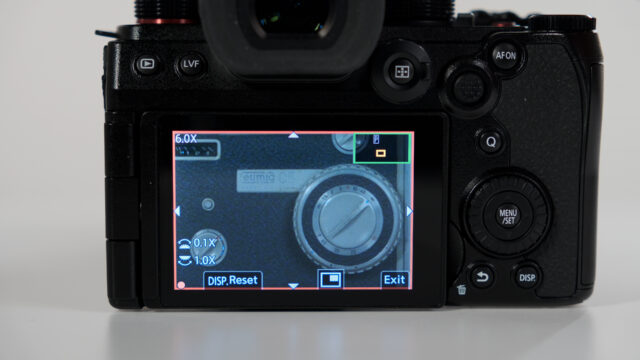
This cine lens is all manual, so you can imagine how easy it was for me to rely on the camera’s ability to magnify focusing by “punching in”, even when recording, to assure focusing. I also advise turning the “peaking function” on for even easier focus adjustments.
Let me elaborate on the Tokina lens a bit more:
- It’s built like a tank and weighs almost 2 kilos.
- The focus rotation is 300 degrees. A bit too much for a single operator especially if you are not using a follow-focus unit.
- Gears are all industry standard with 0.8 MOD.
- Focus breathing is extremely well controlled.
- The aperture is a constant T2.9. It is not an extremely fast lens, yet, with modern cameras, it will interact well in lowlight situations.
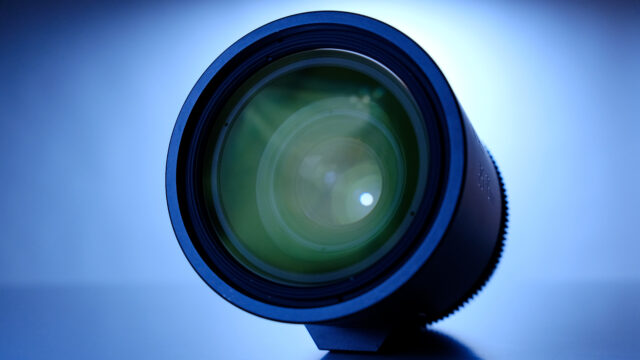
- The front filter diameter thread is 86mm and in order to save on weight and space, I used the Velium MarGota variable ND filter instead of a matte box. (Filter review, here)
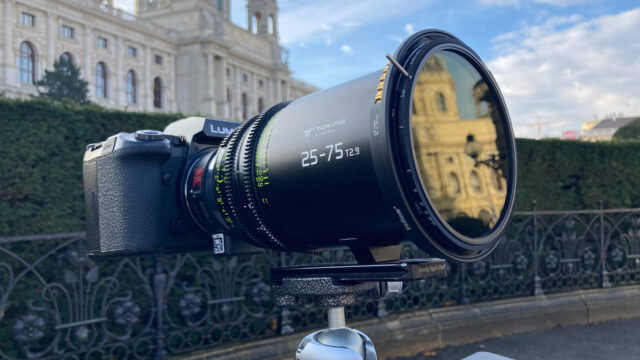
- And like many other lenses in its category, it has a Parfocal Design to zoom in for easy focusing and out for your desired frame
- The minimum focus distance is 74 centimeters. Not great, but can be expected
- Chromatic aberration is definitely visible.
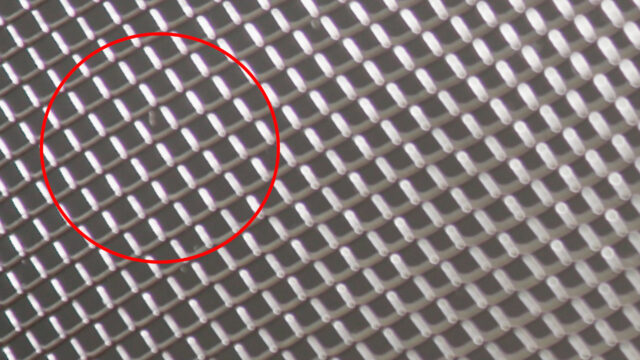
Let me conclude the first impression I had with this lens by saying the following:
I have 2 issues with this Tokina lens: the first is its overall sharpness, especially when being wide open. Personally, I think that the images are rather soft when filming on T2.9. (The test shots below were made using a Canon EOS C70, without a lens adapter on the native EF mount.)
EDIT, Tokina’s reply to these tests: Tokina reached out to us saying that the amount of chromatic aberration is normal and comparable to other lenses in this category, and that they come to different results regarding lens sharpness. They said that they are working on a demonstration around those issues including a comparison to a competitor’s lens, and we will publish it separately on CineD and link it from here, when we have their test results & statement.
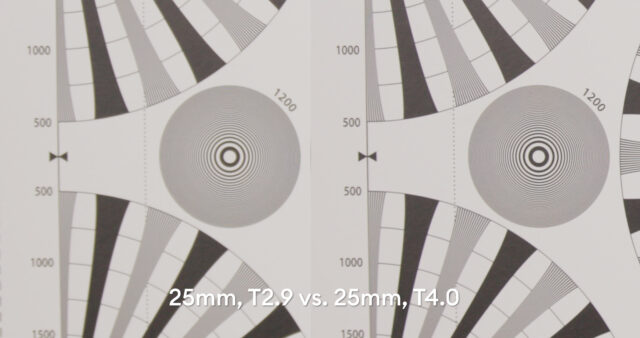
I can definitely recommend closing the aperture ring and trying to work with T4 settings in order to overcome the lack of sharpness.
Out of the box, the lens will come with an imperial distance reading scale, but a metric version of the lens is available as a special order from Tokina. We worked with the imperial version on this test.
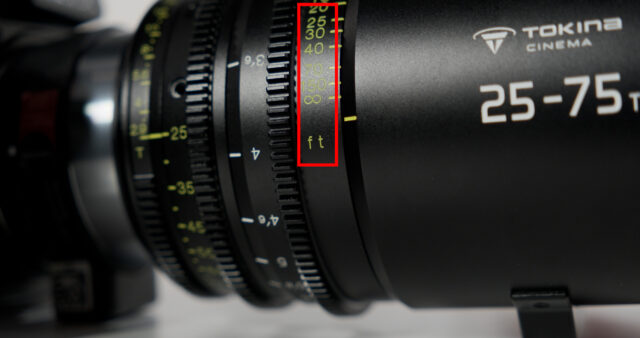
I like the flexibility this lens offers in terms of focal length and the possibility of using it on some full-frame cameras. It’s really useful to be able to use a Super 35 lens on larger sensor cameras.
The bokeh is very pleasant and on top of that, it has a special aesthetic image quality to it, because the lens is not that sharp, at least in my opinion.
Last but not least, the lens mount can be swapped DIY, but Tokina recommends a lens service facility to perform the swap so they can properly shim/collimate the lens so the focal marks are accurate.
Regarding pricing, it will set you back $4,999. Now, depending on your filming needs and budget, this lens can certainly appeal to small production houses and independent filmmakers, too.
And in regards to the LUMIX S5 II, Panasonic did a remarkable job with this entry-level camera. We are not yet testing it, so if you are interested, stay tuned for additional practical reviews.
What do you think about Tokina Cinema Zoom Lenses? Have you had the chance to work with any of them? And in regards to the Panasonic S5 II, is the camera now on your purchasing radar? Please share with us your thoughts in the comment section below.
